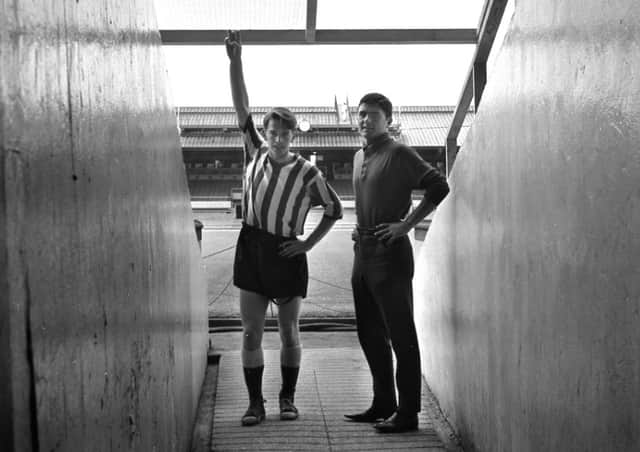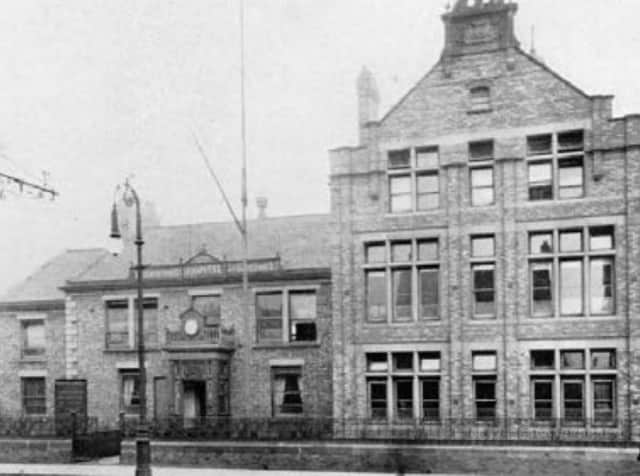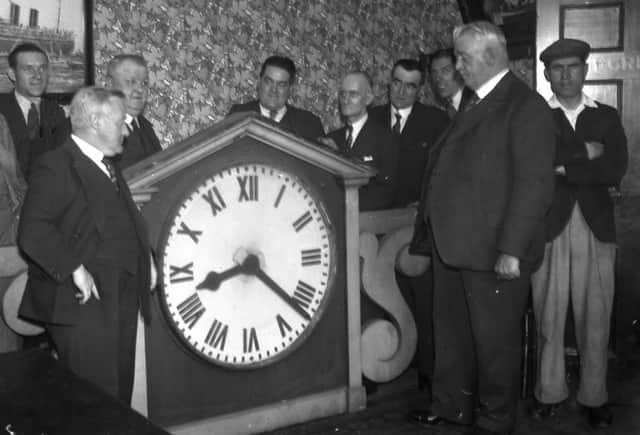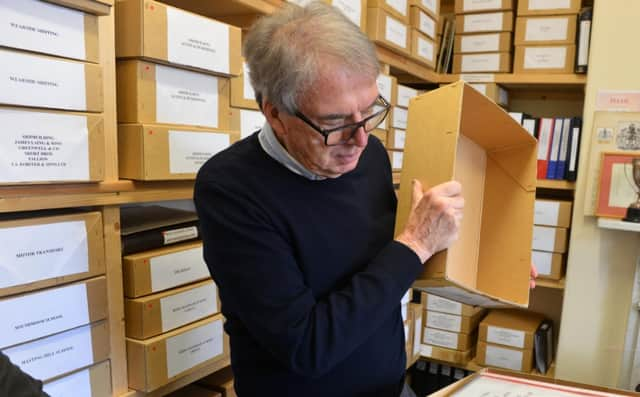Whatever happened to Sunderland's Roker Park clocks? A look back in time
and live on Freeview channel 276
The Clock Stand is fondly remembered by thousands of Sunderland fans.
But who remembers the clocks which gave the stand its name.
Philip Curtis, from Sunderland Antiquarian Society, has looked back at the timepieces which once adorned Roker Park.
Advertisement
Hide AdAdvertisement
Hide AdThe Clock Stand was so named because a clock was installed when it was built in 1898.
It stood opposite the Main Stand and right on the half way line.


A new stand was built when SAFC were champions
In 1936, it was decided to demolish the original Clock Stand when the season ended and Sunderland had won the league.
The new version was opened on the first day of the 1936 season when Sunderland played Derby County.
Advertisement
Hide AdAdvertisement
Hide AdBut Sunderland's owners decided the new stand should have an electric clock.
Hauled through the streets on a hand cart
It did not take long for the original to be given a new home.


The club agreed to donate it to the Unemployed Occupational Centre in Roker Avenue.
It's the building which used to be the Monkwearmouth and Southwick Hospital.
Praise from the Prince of Wales
Advertisement
Hide AdAdvertisement
Hide AdIn the 1930s, the Unemployed Occupational Centre played a huge role in the community and its work was later recognised by the Prince of Wales.
The old clock was taken on a hand cart through the streets and it took six men to carry it to its new home.


There was an official presentation and Chief Constable John Ruddick, pictured right, received the clock from John Cochrane, on behalf of the Club's directors.
The volunteer who kept it in working order
Local watchmaker Mr Crawford agreed to keep up it in working order, just as he had done when it was in Roker Park.
Advertisement
Hide AdAdvertisement
Hide AdThe Unemployed Occupational Centre eventually became part of British Ropes and was amalgamated to become part of its offices.
I wonder what eventually became of the Clock Stand's two old clocks?
So many great stories
Thanks to Philip for another great insight into Sunderland's past.


He has previously shared stories with us including;
The era when Sunderland houses had one outside toilet for 11 people. And when the famous Joplings store went up in flames.
To find out more about the Antiquarian Society, visit its Facebook page or its website at http://www.sunderland-antiquarians.org/
Comment Guidelines
National World encourages reader discussion on our stories. User feedback, insights and back-and-forth exchanges add a rich layer of context to reporting. Please review our Community Guidelines before commenting.